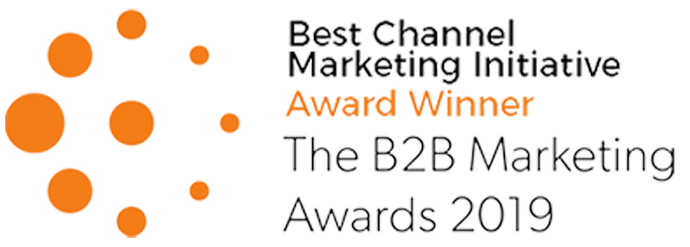![How to create and send part 2 [Converted].png](https://www.thesherpagroup.com/hs-fs/hubfs/How%20to%20create%20and%20send%20part%202%20%5BConverted%5D.png?width=768&height=432&name=How%20to%20create%20and%20send%20part%202%20%5BConverted%5D.png)
Welcome to the second half of our blog (you can check out part 1 here.) Last week we looked at how the 5 W’s can help to shape your email, and the role subject lines, sender email and preview texts determine whether your email is opened or not.
This week, we are looking at how good copy is key to the success of reaching your goal and how testing your email could be the most important thing you do.
So, you’ve done the first part, your subject line is engaging and preview text enticing enough for your reader to open your email. Now what? When your reader opens your email, they expect great copy and they deserve to get it. Your readers have taken the time to open your email, now make it worth their while.
Great copy is key
Great copy can really make a difference. When you open an email that has been well thought out and is engaging and enjoyable, the chance of you taking the next step increases. But, how do you create great content?
To help you, here are some techniques we utilise when writing our emails:
- Make it clear why your reader has received your email.
- Write for scannability. Short paragraphs, clear headlines and bullet points allow the reader to quickly understand what the email is about and whether it is relevant to them.
- Use the right tone for your audience. Think will the email resonate with them?
- Don’t be afraid to personalise the email (if appropriate). Studies have shown that personalisation can lead to a 10% increase in conversions.
- Make it readable on any screen. Okay, so this isn’t necessarily to do with the copy, but if people can’t read the email because the writing won’t fit on the screen, then you’ve wasted your time
- Proofread, Proofread, Proofread.
The Call-to-Action
Call-to-Actions, or CTAs are the foundation to your email. They tell the reader what it is you want them to do, why they should do it and how they will know how to do it.
The key to a good CTA is to use actionable language, which makes it clear what the reader is supposed to do with the email. For each email, stick to one CTA (except in newsletters, where more than one is appropriate). Remember one email, one goal, and this should be reflected in your CTAs.
A useful tip to remember is to make each component of your email a link to your CTA i.e. your images and appropriate copy.
Don’t send yet! Have you tested your email?
Testing your email is a simple task, but can make the difference between a great email and a poor one. Create a checklist of the things you need to make sure are working correctly. This could include things such as; checking that the email is clear on both desktop and mobile, all your links work and whether the email is clear without images.
Once you’ve tested everything yourself, ask a colleague to test as well. A second (and third) pair of eyes is always helpful, just to make sure you haven’t missed anything.
Hitting send on your email is always a scary time, but by testing, you can rest a little easier because you know that you’ve done everything you can to make it a success.
So there you have it, these are best practices we follow, to create and send great emails.
If you want to get in touch with any queries you may have around sending emails then click the button below.
post by topic
- ABM (31)
- Sherpa News (28)
- News (27)
- Demand Generation (20)
- Online Marketing (18)
- Inbound Marketing for Technology Companies (15)
- Channel Marketing (13)
- Content Marketing Strategy (12)
- Channel Transformation (11)
- sales and marketing alignment (11)
- Blended Sales & Marketing (9)
- Lead Follow-Up (9)
- Lead Management (8)
- Social Media (8)
- personalisation (8)
- Customer Relationship Management (CRM) (7)
- Lead Scoring (7)
- Martech (6)
- Buyers' Journey (5)
- Technology Marketing (5)
- Optimisation (4)
- email (4)
- Resellers (3)
- SEO (3)
- The IT Marketing Agency (3)
- channel agency (3)
- video (3)
- CSR (2)
- Charity Events (2)
- PX (2)
- Partner Experience (2)
- Team (2)
- Website Data (2)
- Data (1)
- Events (1)
- Harvard Business Review (1)
- birthday (1)
- customer experience (1)
- hubspot (1)
- marketing automation (1)





.png)
.png)
